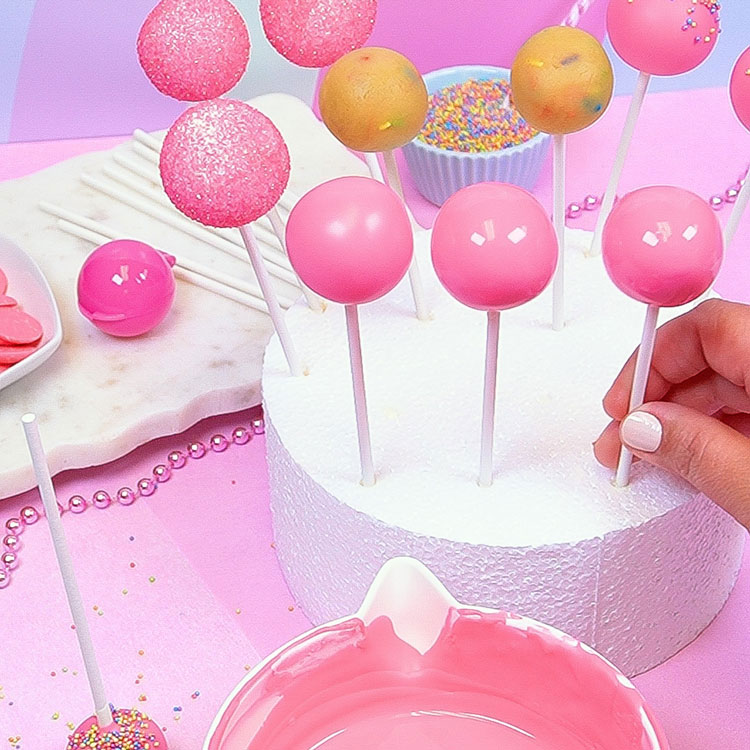Now comes the fun part - dipping your cake pops in melted chocolate. To achieve a smooth and professional finish, here are some tips to follow. Before you begin, make sure to gather all your supplies. This step is crucial to keep the process running smoothly.
The Best Chocolate for Cake Pops
It is important to use the correct type of chocolate. Real chocolate (chocolate that contains cocoa butter) tastes great but must be tempered first. This process can be intimidating, so most prefer using chocolate melting wafers.
Chocolate melting wafers (also known as candy melts) are simple to melt and use for dipping cake pops. New to melting chocolate wafers? Learn how by reading our
blog all about melting chocolate.
Use Paramount Crystals
We suggest using
paramount crystals in your melted chocolate when dipping cake pops. They ensure your chocolate melts smoothly and the perfect consistency for dipping. It also helps to create a thin, lump-free shell for your cake pops. Paramount crystals do not affect the taste or texture of the finished chocolate like shortening and coconut oil. Start by adding 1-2 tablespoons of paramount crystals per pound of chocolate wafers.
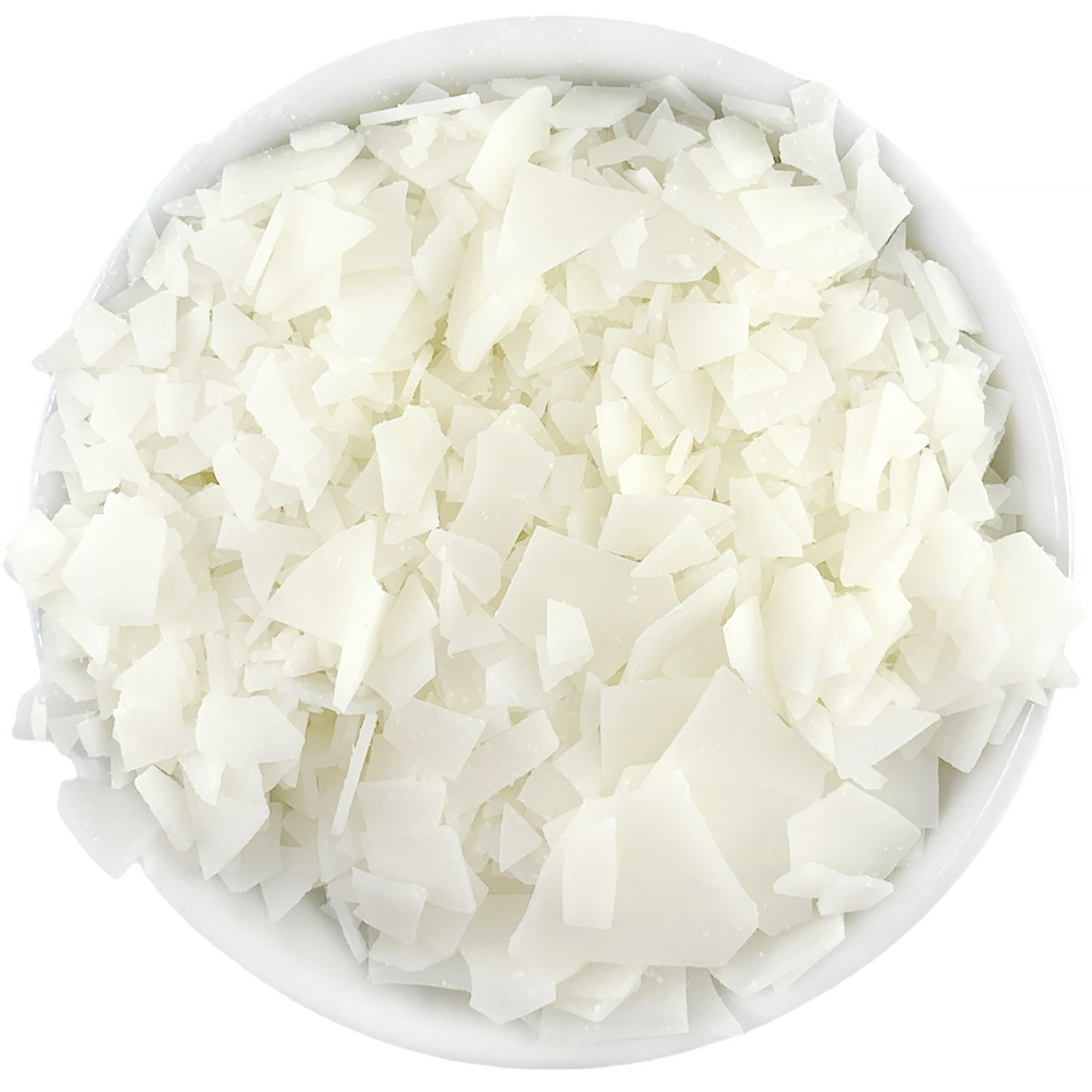
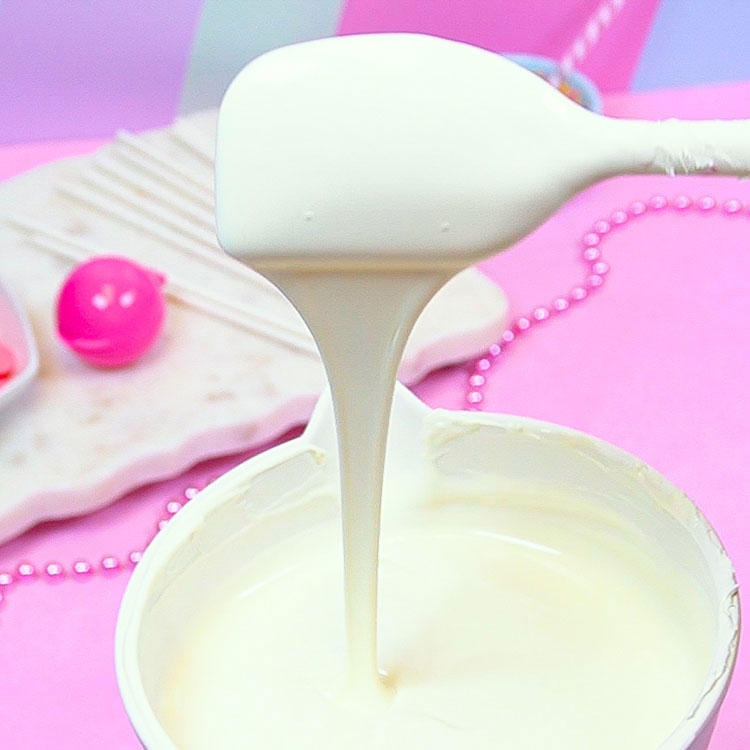
Dip at the Right Temperature
Achieving the perfect temperature is crucial when dipping cake pops. To ensure a smooth and flawless coating, aim for a temperature range between 88-99 degrees. To easily monitor the temperature, use a thermal thermometer. This handy tool allows you to quickly check the temperature of your melted chocolate, ensuring optimal results.
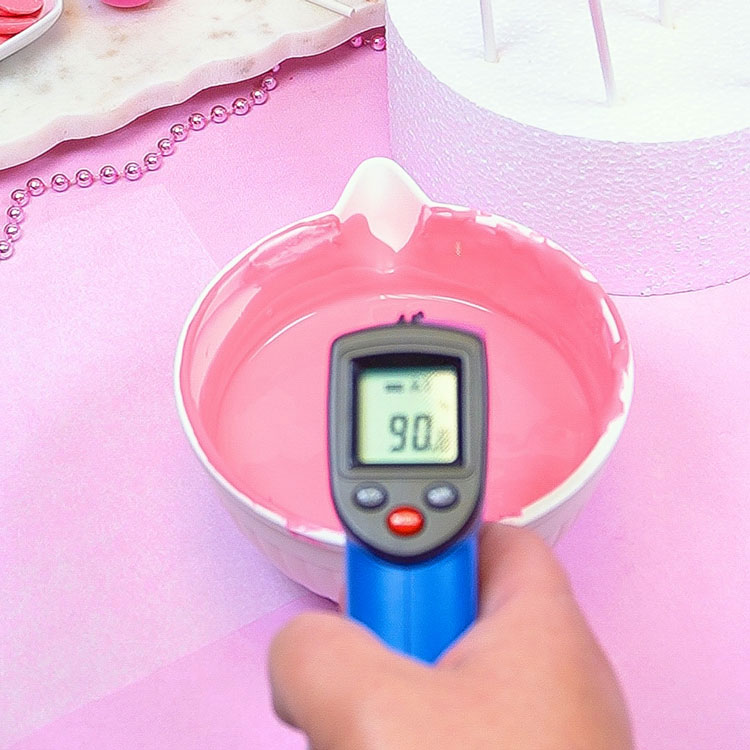
Achieving Perfectly Coated Cake Pops
Coating your cake pops evenly is essential for a polished and professional look. Follow these steps for a flawless finish:
- Ensure Complete Coverage: When dipping your cake pop into the melted chocolate, take care to fully coat the entire surface. Leaving any exposed dough can lead to unpleasant oil seepage.
- Remove Excess Chocolate: After dipping, gently tap the cake pop to remove any excess chocolate. This step helps create a smooth and even coating and prevents dripping.
- Settle the Coating: Turn the cake pop right side up and at a slight angle. Rotate it slowly to help the coating settle evenly. This technique aids in the even distribution of the chocolate coating, ensuring a consistent look.
By following these simple steps, you can achieve perfectly coated cake pops every time!
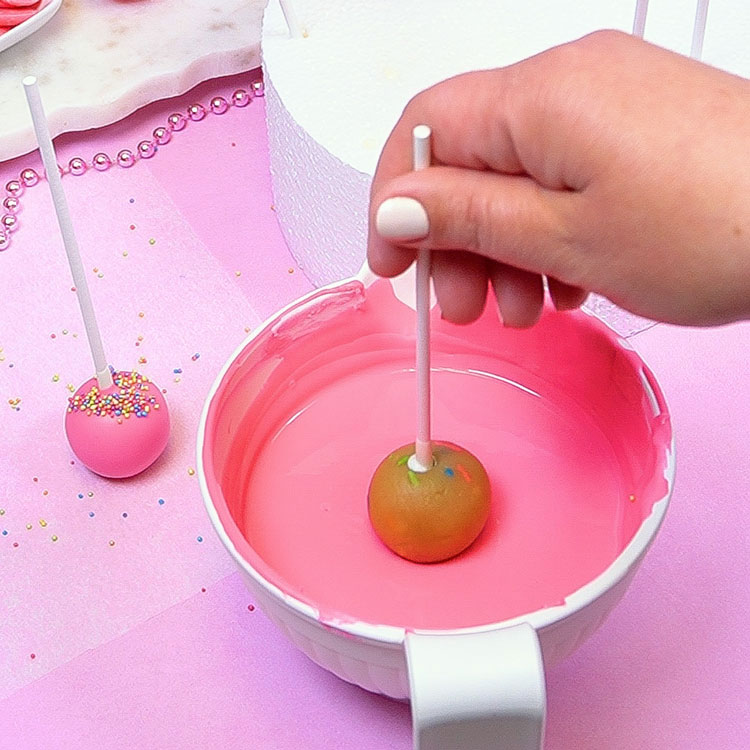
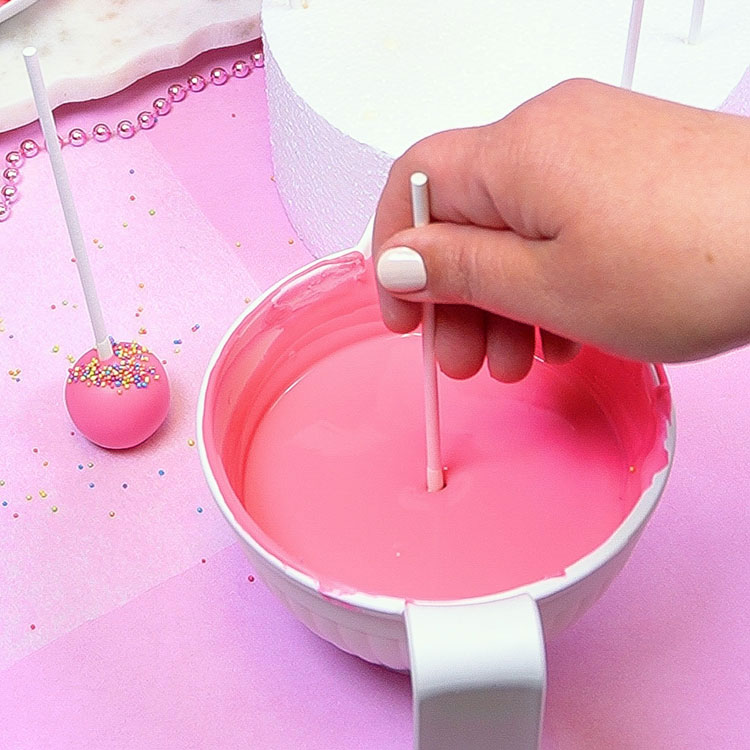
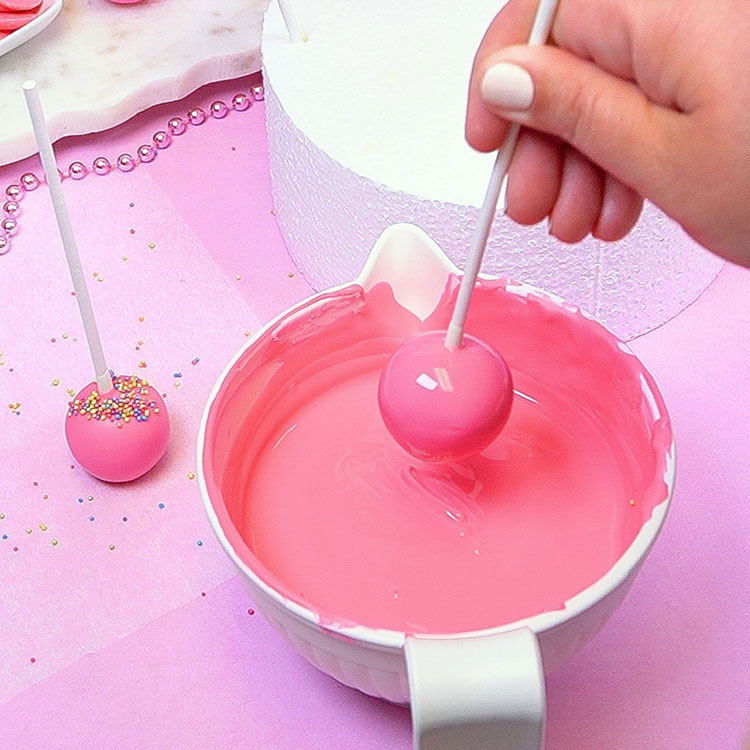
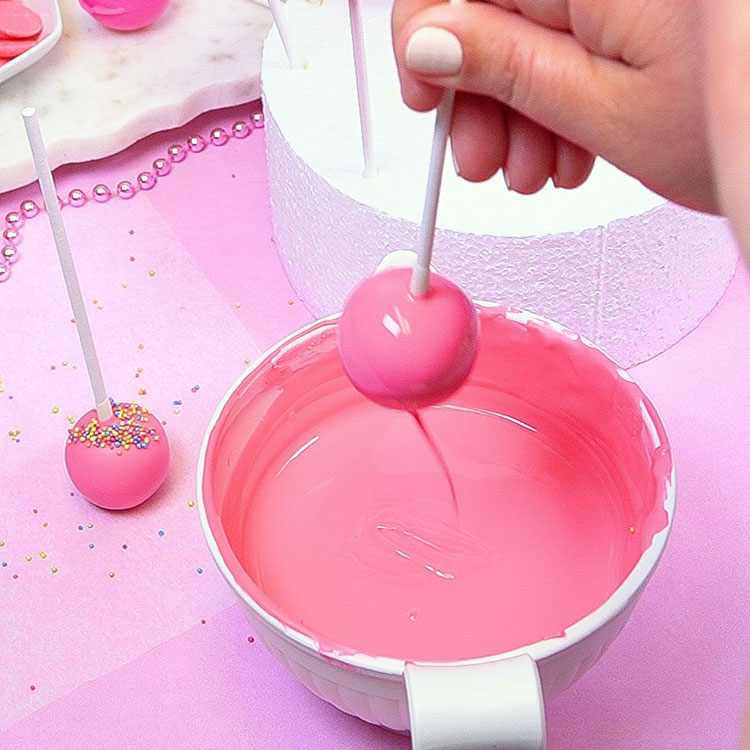
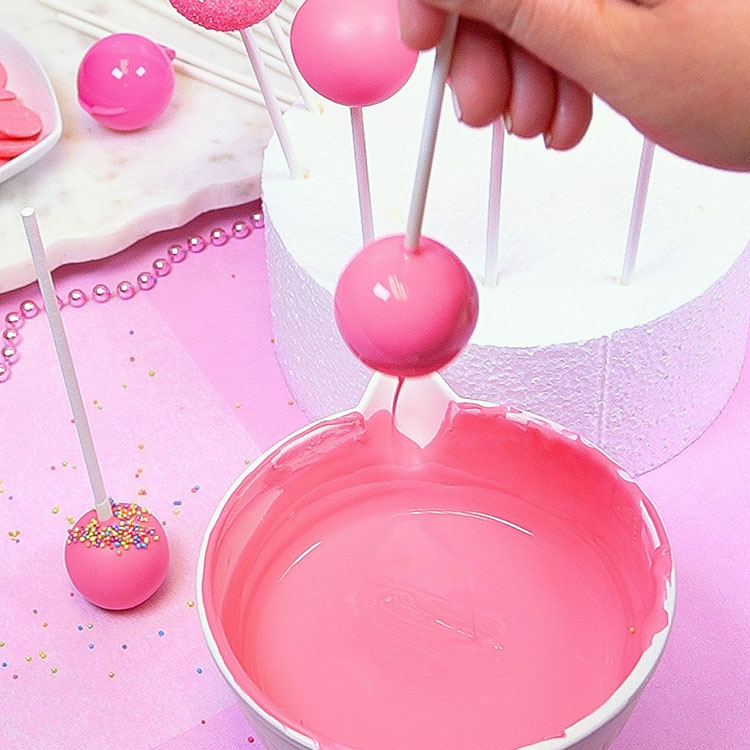
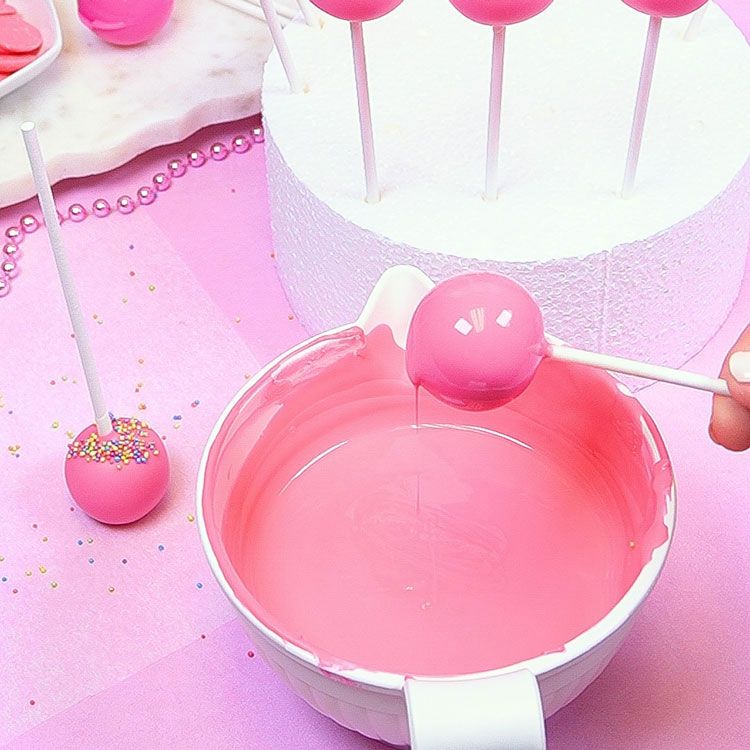
Have a Stand Ready
Once dipped, you will want to have a safe resting place for your cake pops while the chocolate is setting. Cake pop stands will prevent your pops from having flat sides or the chocolate from pooling. There are commercial
cake pop stands available, but you can also use
styrofoam cake dummies in a pinch. They are great for creating display stands for events too!
